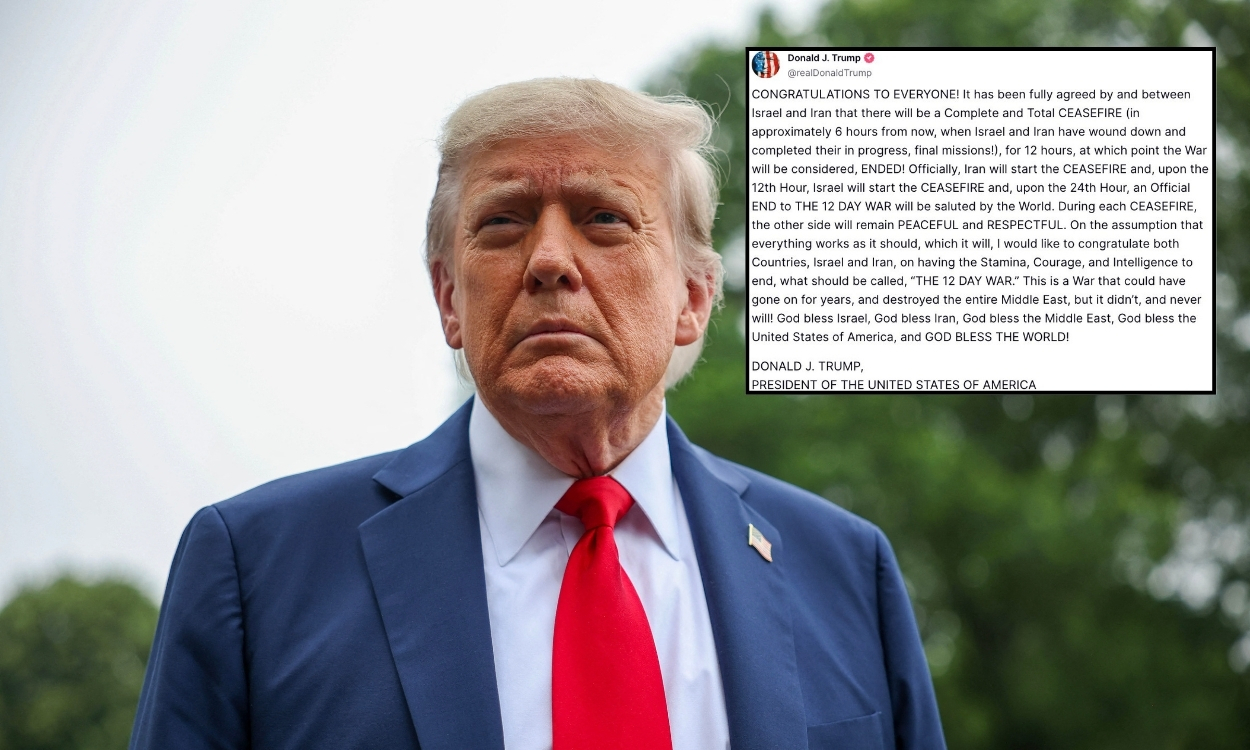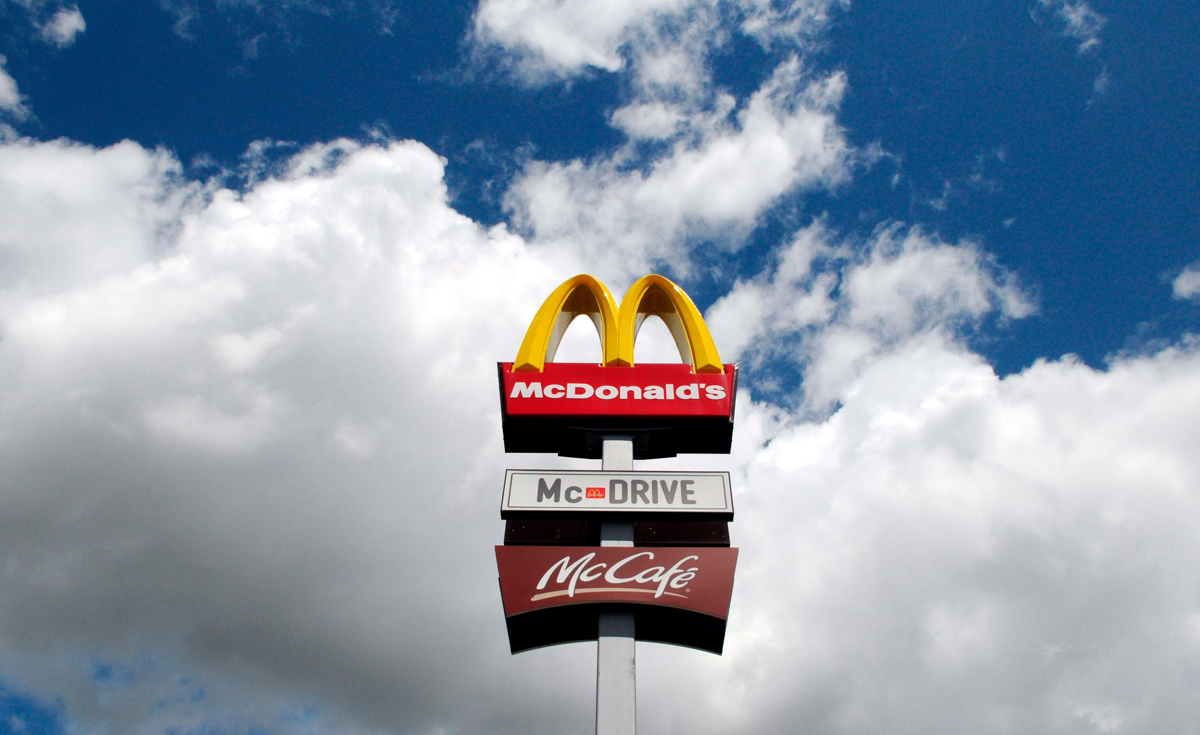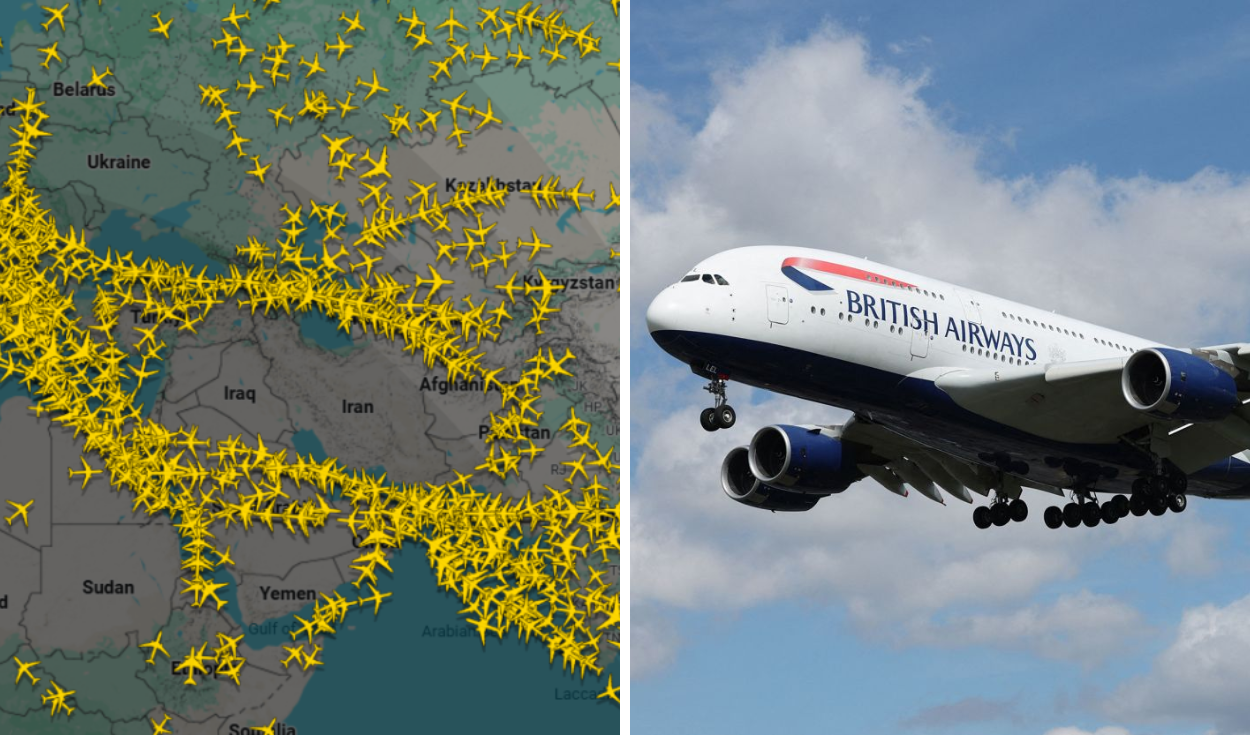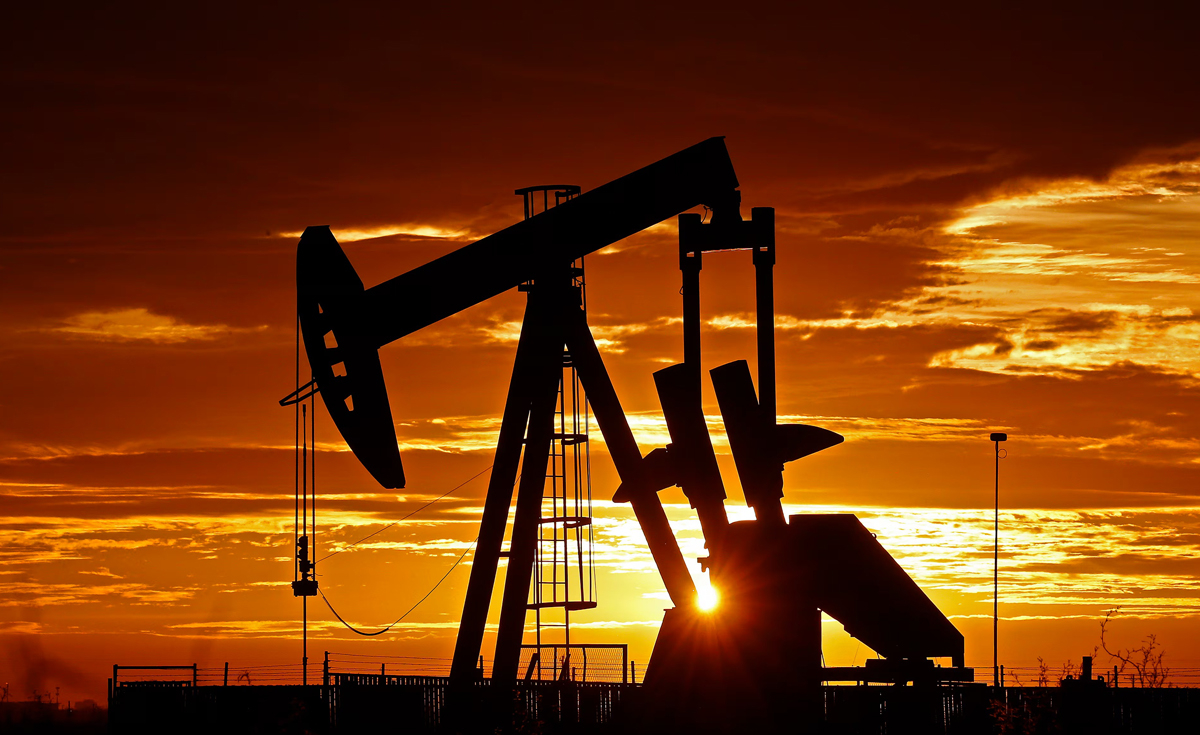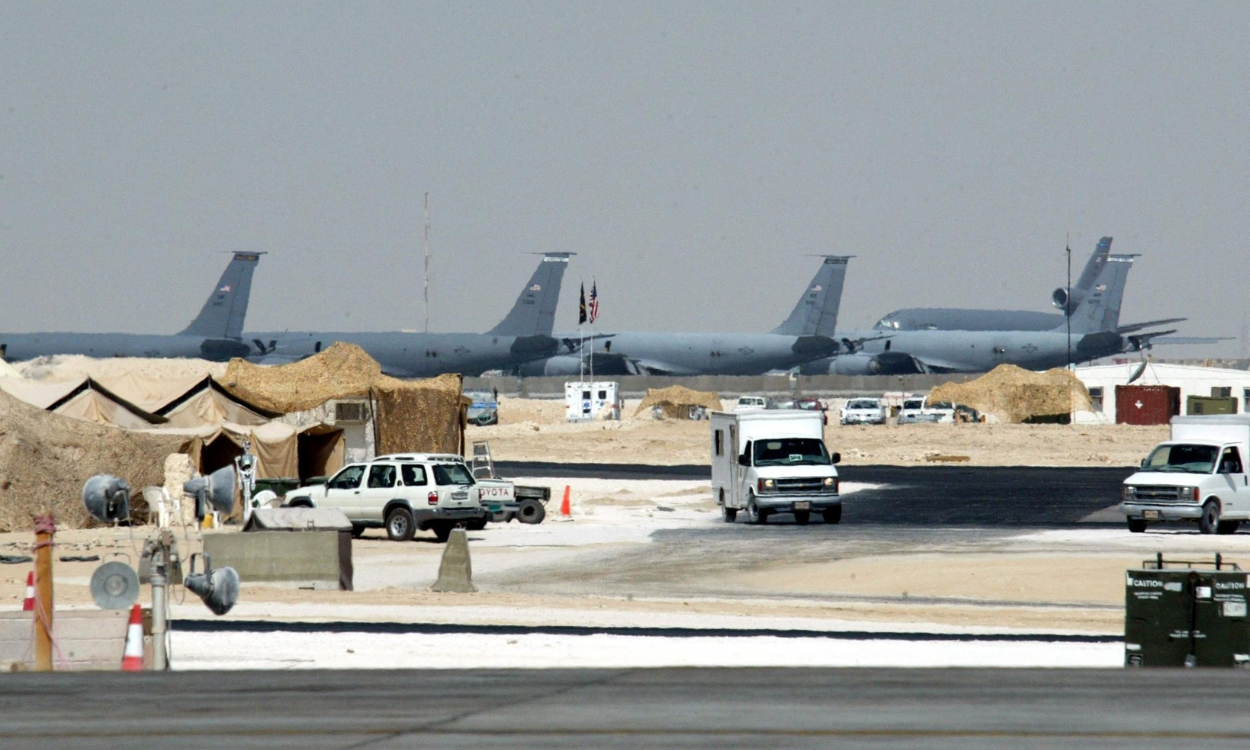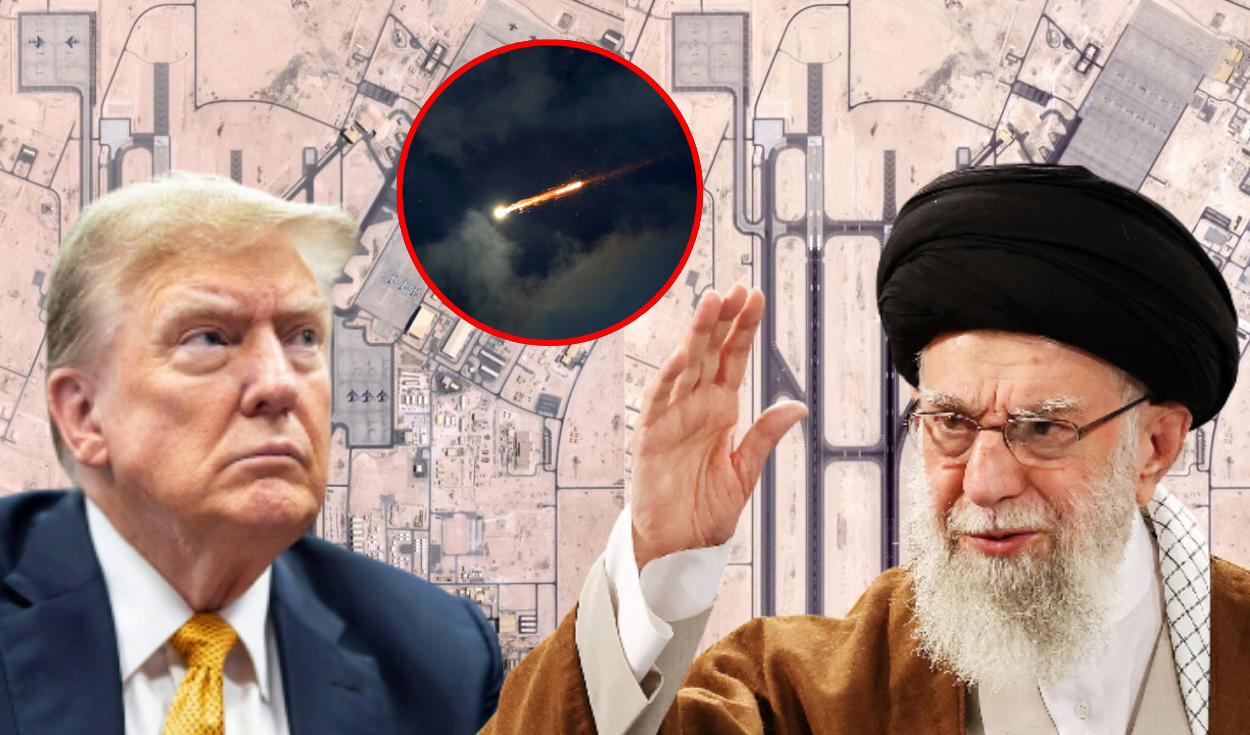Hawaii: Kilauea volcan has latest eruption on Big Island
Since 2007, Kilauea crater has been restricted to the public due to hazards such as landslides and volcanic gases. Vog, a volcanic haze, can cause respiratory problems in high concentrations.
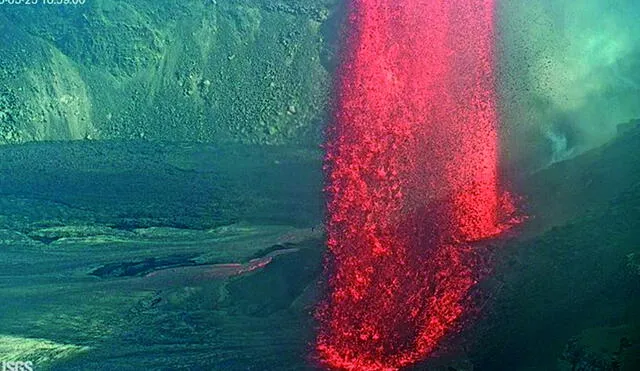
The Kilauea volcano, on the island of Hawaii, fountained lava on May 25th. The lava reached more than 1,000 feet into the sky, and it had a plume that reached about 5,000 feet high.
This volcano has had lava activity since last December, according to the Hawaiian Volcano Observatory status report. This is the 23rd episode of the ongoing eruption from Halemaʻumaʻu, which is part of Kilauea's summit.
What are the risks of Kilauea's eruption?
The summit of Kilauea presents serious dangers due to unstable crater walls, ground fractures, and rockfalls, particularly following earthquakes. However, this area has been off-limits to the public since 2007. Despite its closure, there are many concerns about its lava activity.
First, volcanic gases such as water vapor, carbon dioxide, and sulfur dioxide can have far-reaching effects. These gases create a visible haze called vog, a kind of volcanic smog. In high concentrations, they can cause respiratory problems and other health issues. Another concern is Pele's hair, a kind of volcanic glass that can cluster together and resemble tumbleweeds.
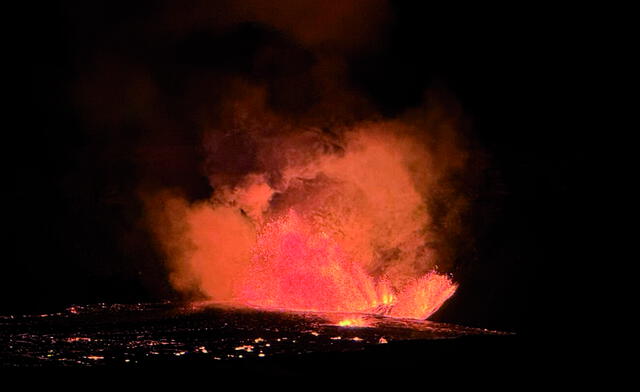
Kilauea is being active since December 2024, and their activity is being monitored by the Hawaiian Volcano Observatory since then. Photo: AFP News.
How many volcanoes are in Hawaii?
According to the Hawaiian Volcano Observatory, the eight main Hawaiian Islands are made up of 15 volcanoes, which are the youngest in a linear chain of more than 129 volcanoes. Every year, many tourists visit the islands to see, from a safe distance, the active volcanoes and their impressive height.
However, Halemaʻumaʻu's lava fountaining lasted, according to the Observatory, a day or less. These events also appeared separated by pauses in activity lasting several days. Volcanoes are linked to earthquakes, which could trigger eruptions. The latest report in Hawaii was of a magnitude 3.1 earthquake, 16 km WSW of Kailua-Kona.




